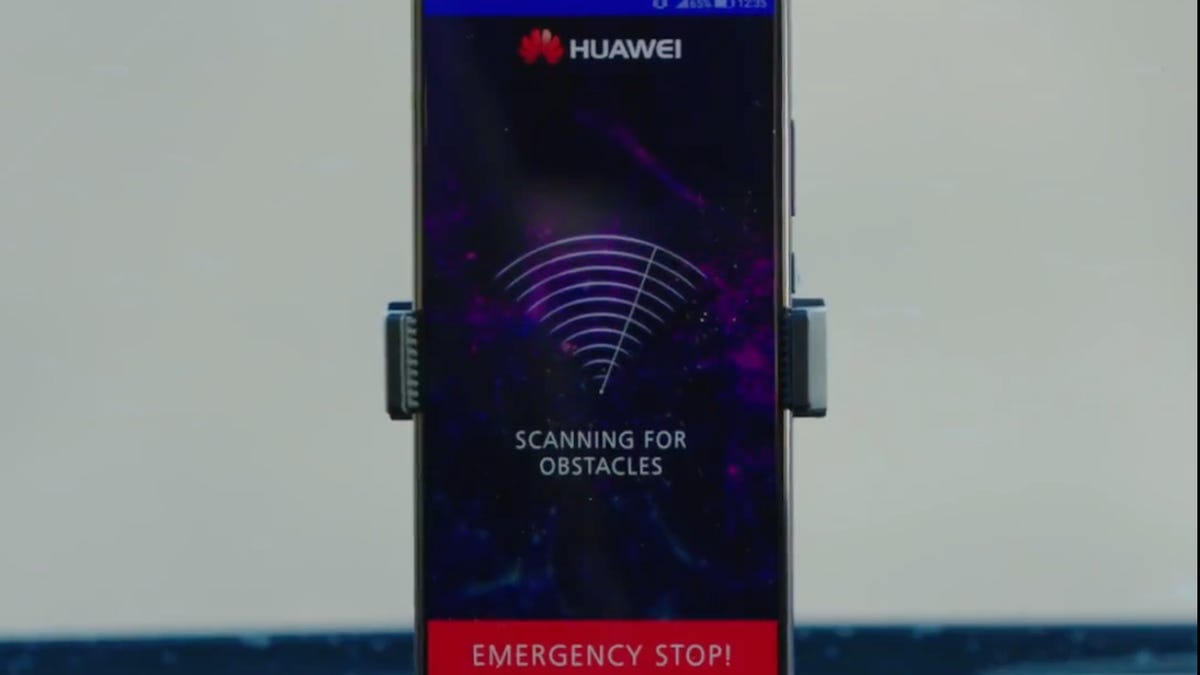Huawei's RoadReader lets a phone power a driverless car
The demonstration is all about showing off Huawei's Mate 10 AI.

Would you let your phone drive your car? Huawei's new RoadReader project aims to show off how AI in mobile devices are already powerful enough to handle autonomous vehicles. How it actually works remains to be seen. But it's already letting a Huawei Mate 10 phone handle driving a Porsche.
RoadReader, which is being demoed at Mobile World Congress in Barcelona this week, uses a Huawei's Mate 10 phone's object-recognition AI to help a Porsche Panamera navigate without a driver. In particular, Huawei's demonstration is aiming for particular object recognition: cats, for instance, or dogs.
The project has been worked on for a mere five weeks. Huawei's promotional video oddly shows off how the technology can work to avoid an actual dog in the middle of a road.
ZDNet has more details on the collaboration, which involves Huawei's AI and Chinese search engine company Baidu's deep-learning framework. It's very much an experiment in progress to discover how user interfaces and object recognition in autonomous vehicles can improve.
Samsung Galaxy S9 will blow away the phone field at MWC: Looking ahead to the phones we'll see in Barcelona.
MWC 2018: All of CNET's coverage from the biggest phone show of the year.

